Summary
The "container" technology emerged a few years ago. At the time, there were no specific licensing rules for containers, and calculating the old licenses in "containerised" environments remains a grey area.
However, even with the current versions of Microsoft software, there's considerable frustration because Windows Server and SQL Server are licensed differently. I encourage you not to confuse one with another.
This article was updated in December 2022 to reflect the SQL Server licensing changes in containers. The video below is from before December 2022, so please also read the article.
But what is a container anyway?
Let's quickly dive into the fantastic world of virtualisation.
In the very beginning, computers were relatively simple. Every computer needed one operating system and several applications that ran inside it. For example, a typical office desktop would have a Microsoft Windows operating system installed, where you would run applications like Microsoft Office.
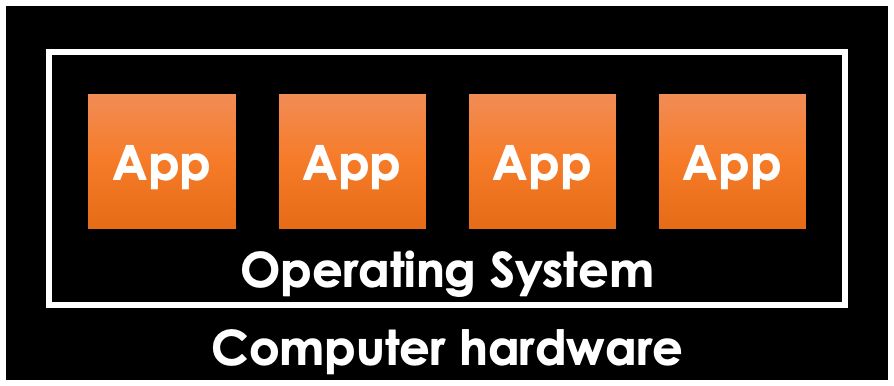
Once, a clever individual whose name escapes me had a brilliant idea: "Why don't we 'fool' an application and create a virtual environment so the software believes it's running on a physical computer?" I won’t delve into the technical details, but such isolation offers numerous technical and security advantages.
The new technology was called "virtualisation". In simple terms, it works as follows:
A physical computer runs its usual operating system,
Inside the operating system runs an application called "hypervisor",
The hypervisor creates isolated "virtual environments". Each virtual environment has its own operating system and looks like a "real" computer to its operating system and applications.
And that's my simplified explanation of what virtualisation is. It's about creating "virtual" computers within a physical one. The physical computer has its own "physical" operating system, while each virtual computer operates with its own "virtual" operating system. Microsoft refers to them as "OSEs" – operating system environments, which is a more accurate term.
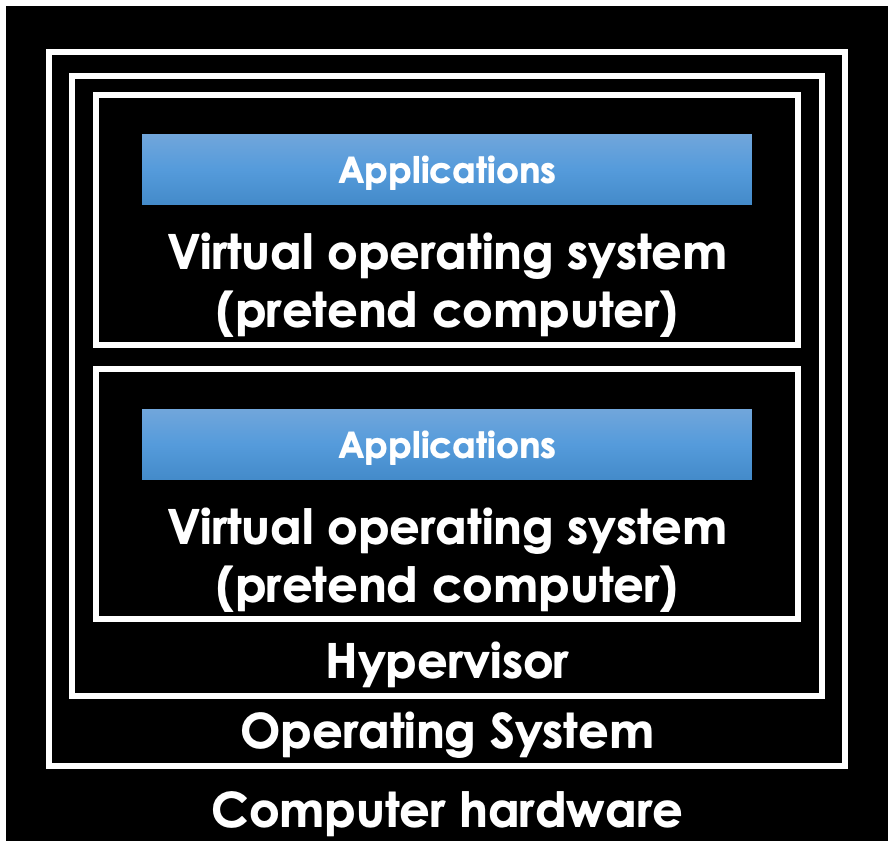
However, with all the benefits of virtualisation comes one problem. Each time you decide to virtualise an application in this "traditional" way, you must create and deploy a new operating system that requires computing resources and dedicated maintenance. And often, you don't need that level of isolation anyway.
So other clever people came up with a different idea: "Why don't we somehow isolate an application inside the core ("physical") operating system that runs on the computer without creating a virtual operating system?
"Let's create a "sandbox", a "bubble" that will share the computer's operating system's resources, but certain settings and certain things will be specific to the piece of software that runs inside it."
And they called it "containers".
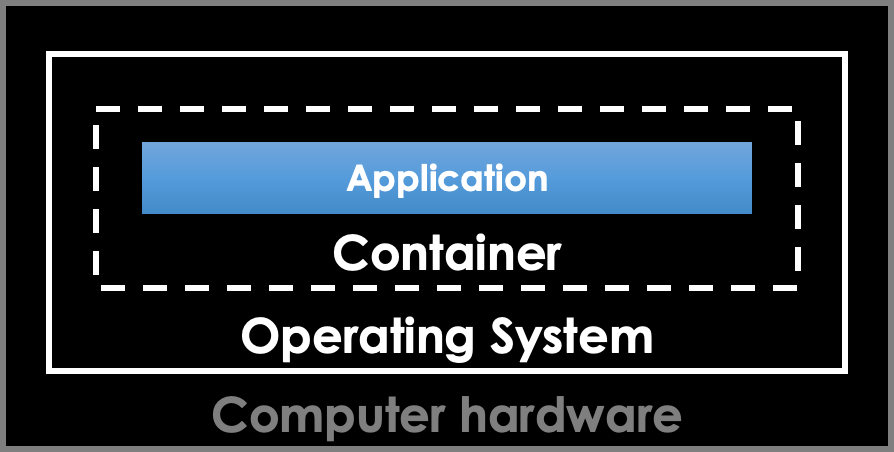
Here's a simple comparison:
Each virtual machine is a separate operating system environment that looks like a complete computer;
Containers, on the other hand, do not create separate operating system environments; they run inside the computer's core operating system.
But unfortunately, it doesn't end there. Microsoft created a new way to run containers in Windows Server, called "containers with Hyper-V isolation". Each "container" is technically a separate virtual machine that transparently to the user configures and runs its own copy of the Windows Server operating system.
And these "Hyper-V isolated" containers are the source of confusion around Microsoft licensing in containers. And let me remind you: there's a difference between Windows Server and SQL Server licensing.
Windows Server
Containers with "Hyper-V isolation" create virtual machines; therefore, they require Windows Server licenses the same way regular virtual machines would. So to calculate Windows Server licences, you need to consider each "container with Hyper-V isolation" to be a virtual machine. There is no effect on Windows Server Datacenter requirements. But if you plan to stack Windows Server Standard licences on a host, count both virtual machines and "Hyper-V" containers.
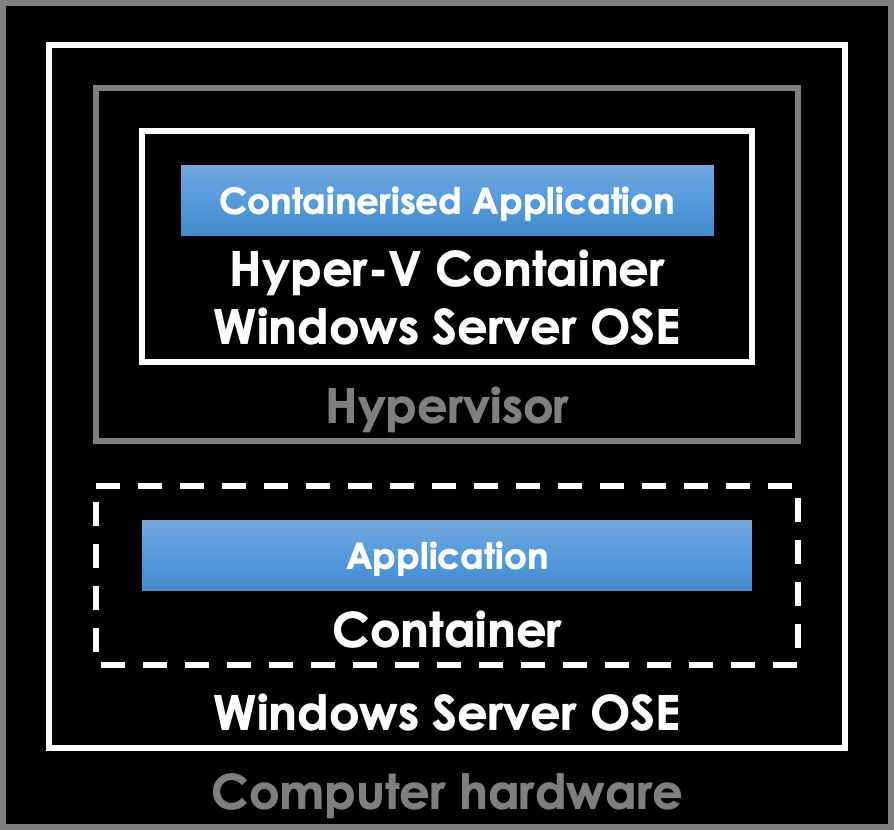
SQL Server
Microsoft changed SQL Server licensing rules for containers in December 2022.
SQL Server 2022 and later
The terms depend on whether your licences have Software Assurance or subscription or neither.
If you have Software Assurance or the licences are subscription licenses:
Containers deployed inside the physical operating system are treated as virtual machines. When you count licenses for SQL Server, treat each such container as a virtual machine regardless of if it is "Hyper-V isolated" or not.
If you license SQL Server per virtual machine, then you don't need to count containers inside the licensed virtual machines. The number of instances and containers inside a licensed VM is unlimited.
If you do NOT have Software Assurance or subscription (perpetual license only):
You may not license SQL Server 2022 per virtual machine or container. It would require Software Assurance. So perpetual licenses may only be assigned to the physical cores.
Effectively, the above means that SQL Server 2022 Standard may not be deployed in a virtual machine or container unless you license the server with SQL Server Enterprise per physical core.
The old rules apply to the servers licensed with SQL Server Enterprise per physical core. See the next sub-chapter below.
Versions before SQL Server 2022
For SQL Server licensing, each container equals an operating system environment. Therefore, when you count licenses for SQL Server, treat each container as a virtual machine regardless of if it is "Hyper-V isolated" or not.
It affects the following:
The limit on the number of operating system environments when you don't have Software Assurance for SQL Server Enterprise licenses assigned to hosts,
Counting OSEs,
Counting unlimited instances inside an OSE,
And all the other aspects of SQL Server licensing.
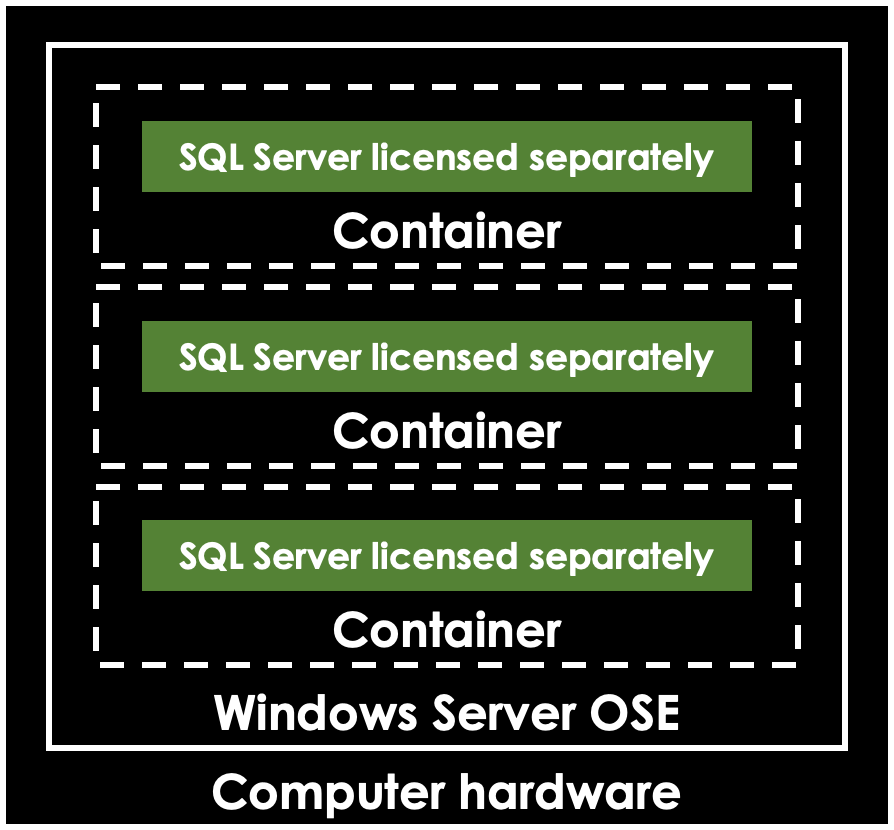
I know it's still complicated. Microsoft licensing is not easy, despite what you may have heard from your friends. But I sincerely hope I've removed at least some confusion.
Still in doubt? Talk to a Microsoft licensing expert
We are an independent consulting business that sells no licenses or Cloud services. That is on purpose, so our advice is unbiased.
Please tell us about your licensing challenges using the form below so we can look into them together.